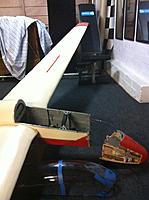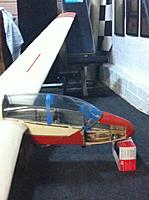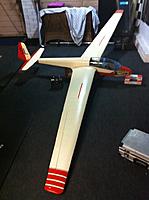Comments (17)
Add Comment
-
Views: 205
First step was to remove the plywood tray that extends back to the bulkhead near the wing leading edge. -
 Views: 205
Views: 205
-
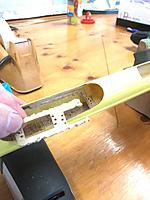 Views: 219
Views: 219
-
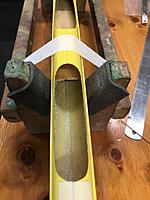 Views: 199
Views: 199
-
Views: 212
-
Views: 233
The first cut was in front of it's final location. I kept making 1mm cuts plus the saw kerf until it fitted. I intially wanted to use the outrunner in the background but it was too big. The motor case rubbed on the fuse -
Views: 233
Trial fitting .... squeezing the fuse from oval to round. -
Views: 230
12.5mm (1/2") from the front of the canopy to the front of the fuselage.
-
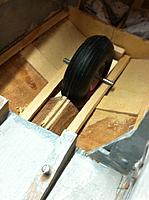 Views: 360
Views: 360
Dry fit of the rails with sacrificial balsa blocks at each end to keep the rails parallel. The different coloured ply on the floor is from old repairs. -
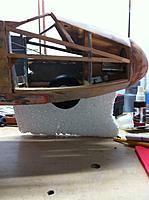 Views: 325
Views: 325
I reckon that's about right. Most full-size pics I've seen have the wheel further out in the breeze but I like this. -
 Views: 332
Views: 332
Tow release attached to the hardwood noseblock plus the wheel assembly installed on the rails. I'm so glad I waited until AFTER these jobs were done before planking the outside.
-
 Views: 383
Views: 383
Get all the paint off. Sheet/plank the damaged sides. Glass over the whole nose area, tailplane and fin. -
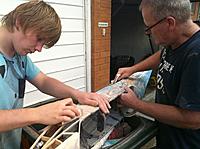 Views: 364
Views: 364
Many hands make light work but this was still heavy going. How many 16 year olds would be interested in participating in a project like this? Better still, he said it was fun.
-
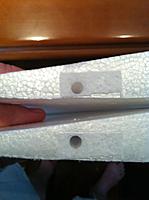 Views: 356
Views: 356
This was never going to work. -
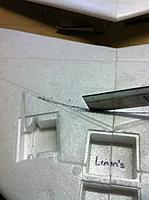 Views: 326
Views: 326
Supplied is two 3x1x1200mm carbon bars used for top and bottom spars. There are grooves moulded in to the skins but they butt at the center join, implying that the carbon would be cut and butt joined at the center. That was never going to work either. -
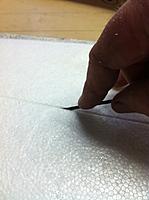 Views: 307
Views: 307
I used the razor saw a few mm deep for the full span of the spar slot then pushed the tip of the spar bar into the slot and dragged it from tip to tip to open the slot enough to be a tight fit. -
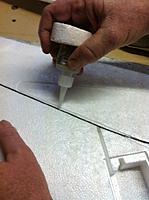 Views: 340
Views: 340
Foam safe CA to hold it in place. The radius of the spar slot starts at the moulded servo pushrod groove. -
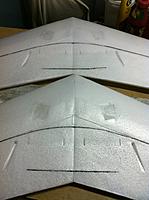 Views: 344
Views: 344
2mm x 200mm carbon rod is set in to rear of the core to help keep the ass crack shut. -
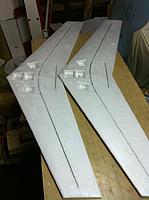 Views: 366
Views: 366
The difference in stiffness the carbon spars make is remarkable given that they're just set into foam

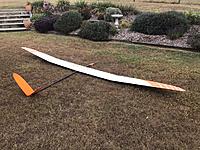


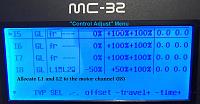




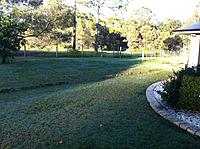
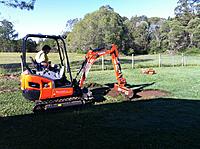
 . Both Liam and I spent a lot of Sunday arvo sanding.
. Both Liam and I spent a lot of Sunday arvo sanding.